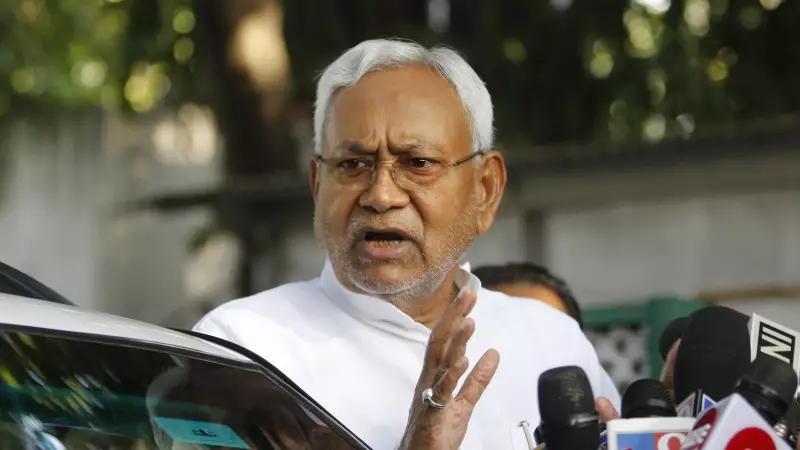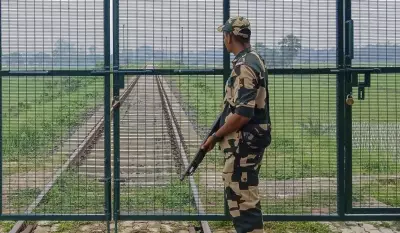
In a strategic move that's capturing political attention across Bihar, Chief Minister Nitish Kumar has launched what many are calling a 'game-changing' initiative - the 'Dashamahotsav' scheme. This innovative program is redefining how government benefits reach the people, creating waves in the state's political waters.
The Personal Touch in Governance
Unlike traditional government schemes that operate through bureaucratic channels, Dashamahotsav brings a personal element to governance. The program involves direct interaction between beneficiaries and government representatives during the distribution of benefits under various welfare schemes.
This approach has created a unique connection between the administration and the people, making governance more accessible and tangible for ordinary citizens. The emotional impact of receiving benefits directly from officials has become a powerful tool in building political goodwill.
Beyond Traditional Politics
Political analysts are observing that Dashamahotsav represents a significant departure from conventional political strategies. While opposition parties rely on traditional campaigning methods, Nitish Kumar's administration is leveraging governance delivery as its primary political instrument.
The scheme has become particularly significant as Bihar prepares for upcoming elections. By focusing on direct beneficiary engagement, the JD(U) leadership is creating a narrative of efficient governance and people-centric administration.
The Ripple Effect
The impact of Dashamahotsav extends beyond immediate political gains. The program has:
- Enhanced transparency in benefit distribution
- Created direct feedback mechanisms
- Built stronger citizen-government relationships
- Set new standards for governance delivery
This multi-dimensional approach has forced opposition parties to rethink their strategies and engagement models with the electorate.
A New Political Paradigm
What makes Dashamahotsav particularly noteworthy is its timing and execution. Launched strategically before crucial electoral battles, the scheme demonstrates how development initiatives can be effectively integrated with political outreach.
The program's success lies in its ability to combine administrative efficiency with political messaging, creating a model that other states might soon emulate. As Bihar's political landscape evolves, Dashamahotsav could well become the blueprint for future governance-political integration in Indian states.
With elections looming on the horizon, all eyes are on how this innovative approach will translate into electoral outcomes and whether it will set a new precedent for combining governance with political strategy.





